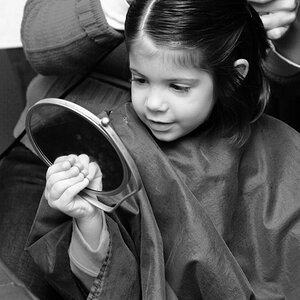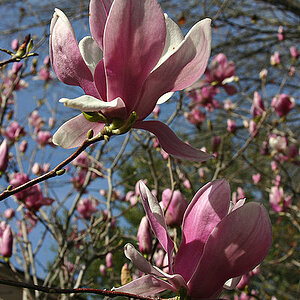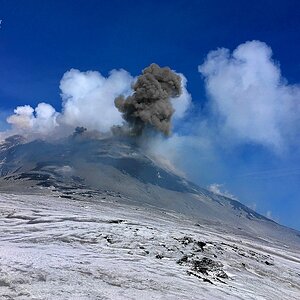highbred3d
TPF Noob!
- Joined
- Nov 29, 2005
- Messages
- 108
- Reaction score
- 2
What does everyone like to shoot in? raw or jpeg? I heard that Raw is great for prints that you really want alot of editing control over, or for lower lighting conditions, because you can more easily bring some midtones back? Is that true? Are there other advantages? Thanks!



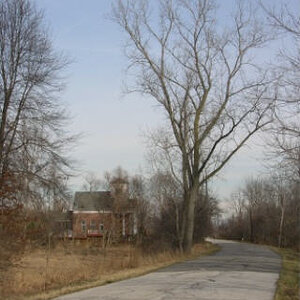
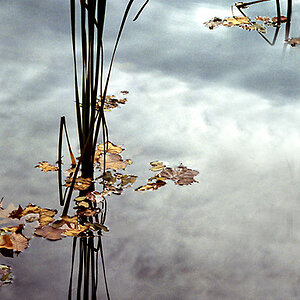
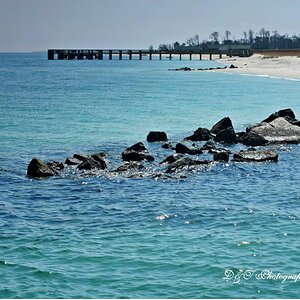
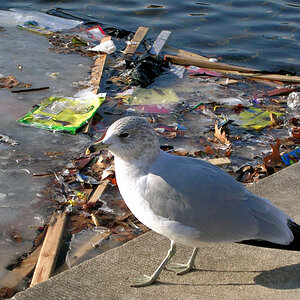
![[No title]](/data/xfmg/thumbnail/41/41897-ea48d59eea1540d700b6e9051bce38da.jpg?1619739935)
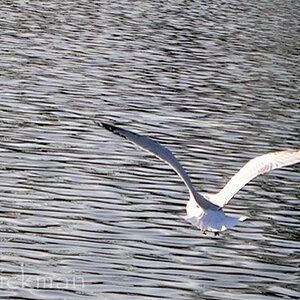
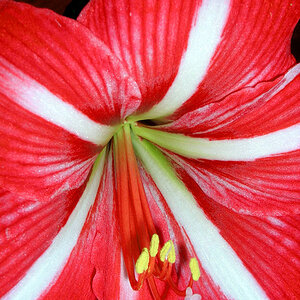
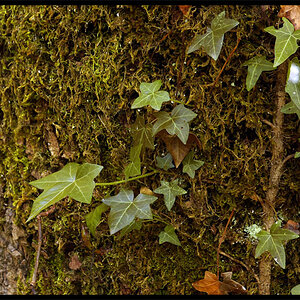
![[No title]](/data/xfmg/thumbnail/41/41898-2c70795ddfa6b397714acc28e3e5d36f.jpg?1619739936)
